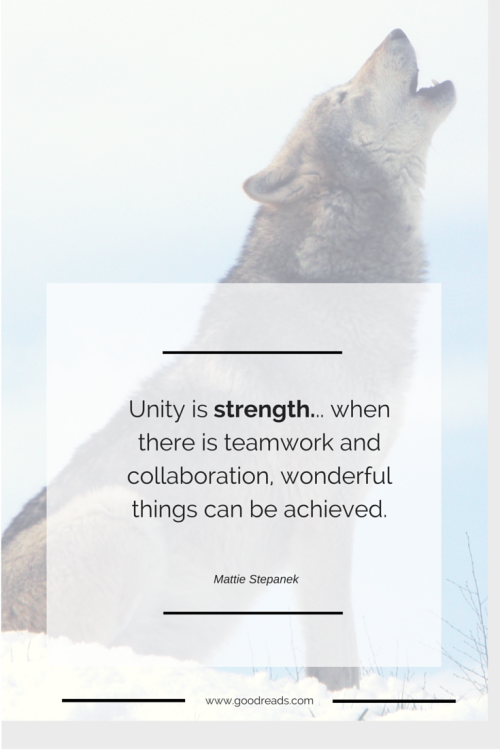Collaboration is a vital component of turning innovative ideas into reality.
But “there is a dilemma in balancing the desire to hire the best professionals versus a manager’s goal of supporting a culture of corporate excellence,” says Larry Stybel of Stylbel Peabody Associates Inc., a Boston-based consulting firm and contributor of Harvard Business Review.
Many experts argue that prioritizing culture fit over level of skills is a better long-term investment to the bottom line. After all, positive, driven people can learn necessary skills while adding team-building skills and value to the larger team.
Disney Institute’s Vice President and General Manager Jeff James, for instance, says behaviors trump skills in a blog post. “When people are aligned with your culture, they are happier, more productive, and more apt to provide an exceptional experience for your customer,” he says.
Even the folks at Buffer, a large social media management service, stopped quizzing their candidates on technical problems and started focusing on culture fit. Instead, the team looks at Github activity on gauging technical skills. “I trust someone I believe is a culture fit to start building and deploying on day one,” says Buffer CTO Sunil Sadasivan in a Medium blog post.
"When people are aligned with your culture, they are happier, more productive, and more apt to provide an exceptional experience for your customer" - Disney Insitute's VP and General Manager Jeff James
But let’s, for the sake of this article, assume that you already have a superstar lone wolf on your team that doesn’t face customers. It might be because you pressingly needed someone with a highly coveted skill, like
data mining, the most coveted skill of 2014.
How do you retain that collaborative culture without losing his much-needed talents?
Openly Communicate the Unified Team Goal

On any given day, if I were to walk over to two random members on your team and asked them what their goal is, would each of them be able to tell me the company’s unified goal with no hesitation?
Communicating your unified goal is the key to getting everyone on the same page.
“If you do something that blows the world away, there’s enough credit to last for everyone,” says IBM’s VP of Innovation Bernie Meyerson. “I’ve seen siloe’d organizations where they see it as competitive and it’s not, it’s a team sport.”
So, how do you align the lone wolf to get on board with the unified goal?
Be very visible, transparent and open. Be very clear about what success looks like and which goals are priority. Offering insight into why decisions are being made (especially the decisions he doesn’t agree with), can boost cooperation.
Keep your lone wolf clued in on the big picture goals and stay consistent with your vision. It’s easy for siloed folks to get bogged down on details. Having regular meetings together can help everyone stay on track and in sync.
Compromise: Keep the Lone Wolf Motivated with Some Autonomy
Giving him control of his personal passion project is the best way to manage the lone wolf on your team. Micromanagement is poison to his potential. Now, I know what you’re thinking. That statement is true for all.
While that’s true for any talent, the lone wolf types are particularly quick to lose interest in your mission if you don’t offer some autonomy.
Find out what motivates your talent and work out a mutually beneficial scenario that taps into his motivation.
“Then, you just let him go,” says John Marc Woodcock, CEO of User X. “Giving freedom to a creative coder can produce amazing results…This gives him or her the opportunity to experiment with different solutions and usability issues while still meeting the requirements.”
Really Get to Know the Person Outside of Work
“Companies that don’t make time for team building or relationships outside of the office inherently face talent retention risks,” says Matt Ehrilichman, CEO and cofounder of Porch, on
Fast Company.
Above all, “the most important thing with a lone wolf is to listen to everything they have to say. Generally, they are incredibly smart. When they speak, they command respect, and expect to be heard. Hearing them out could go a long way in helping to manage the person and earn their respect,” says Joe Rodichok, IT manager at eZanga.













